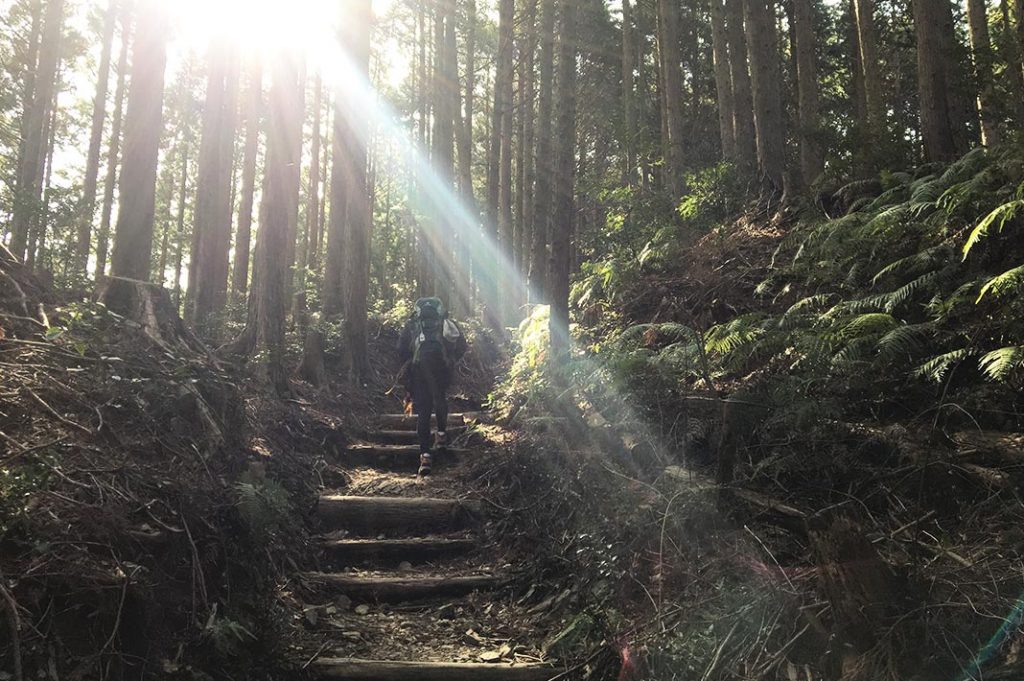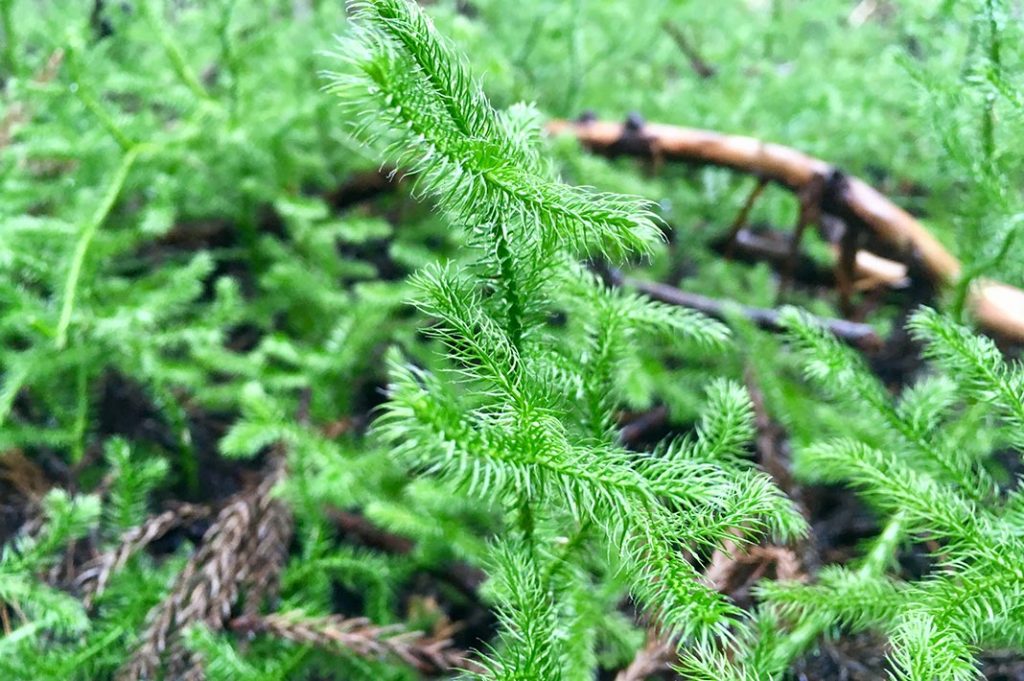
The Kii Mountains of Wakayama prefecture, blanketed in dense, silent forests, tell a spiritual tale. For many centuries, as the trees reached skyward, religious devotees traversed a series of steep and winding paths in order to worship at the area’s Kumano sanzan (Three Grand Shrines).
These shrines were built to honour nature, such as the venerable Nachi no taki (Nachi Falls) in Nachisan, and after days of trekking, Kumano Kodo pilgrims would seek purification at these sites and pray to become closer to the gods.

Hiking the Kumano Kodo: Various Routes
This network of inland and coastal routes connecting the sacred Kumano sites to cities on the peninsula became known as the Kumano Kodo. For centuries, everyone from commoners to royalty would make the arduous journey in order to undertake religious rites of purification.
It wasn’t all hard going, though; resourceful locals set up tea houses and accommodation along the routes where weary travellers could stop to rest. Here they could eat nourishing local fare, rest their legs and enjoy a nice, hot bath before continuing on. The way was also guided by oji (smaller shrines) which would help keep the pilgrims on track and protect their journey.
The experience of completing the Kumano Kodo has not fallen out of style. People continue to walk these routes to this day for religious reasons, an immersive historical experience or simply for the love of nature.

(You can read the rest of the article at this link. This article was first published by Team JJ on September 1, 2019 . Check here for deeper and unique insights into visiting Japan, including wellness, travel, cuisine and more. Find us on Instagram and on Facebook.)
Author: Team JJ








